Exotic and colourful bee-eaters snatching dragonflies out of mid-air. Black-winged stilts – birds with legs as long as supermodels – bringing a touch of class to a coastal marsh. And continental butterflies swarming across the Channel to surprise Britain’s lepidopterists.
This summer has certainly brought a touch of the Med to our shores. Britain’s usual wildlife has been joined by a host of new and unusual species, with many creatures staying on to breed.
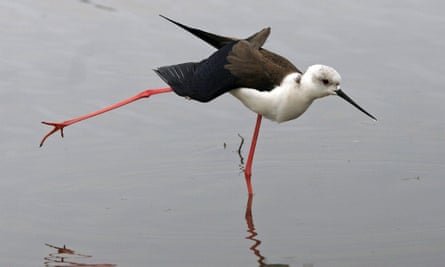
The news of a pair of bee-eaters nesting on the Isle of Wight this summer – only the third breeding record in the past 100 years – was kept secret to foil the small but determined army of egg-collectors. Observers keeping the nest under 24-hour guard were relieved to see the parents bringing insect food back to the nest, meaning that the eggs had finally hatched.
Elsewhere in southern England, three pairs of black-winged stilts have also successfully nested, in Sussex, Kent and Suffolk – the first to do so since 1987. Stilts, whose legs are longer in proportion to their body than any other bird in the world, are closely related to avocets, which recolonised Britain after the second world war after an absence of more than a century.
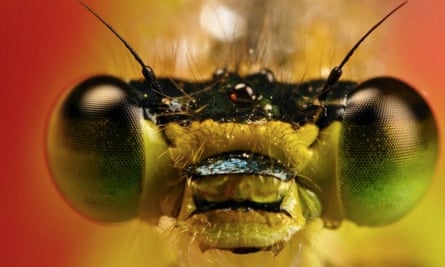
Rare insects, too, are arriving. Several species of damselfly, such as the scarce and willow emerald, have colonised East Anglia and Kent in the past decade, while this year both large and scarce tortoiseshell butterflies turned up.
So what more can we expect if the fine weather continues? Butterfly enthusiasts are keeping an eye out for other continental European species, including the swallowtail, and the Camberwell beauty.

Moth watchers are also keenly setting their traps in the hope of attracting a suite of rare vagrants such as crimson speckled, Clifden nonpareil and the sinister looking death’s-head hawkmoth (made famous by The Silence of the Lambs), all of which crossed the Channel last autumn.
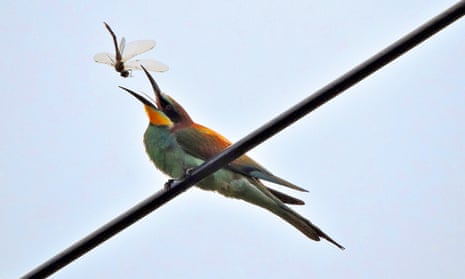
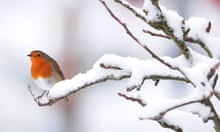

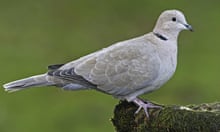
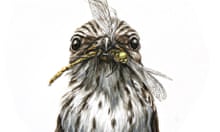


Comments (…)
Sign in or create your Guardian account to join the discussion